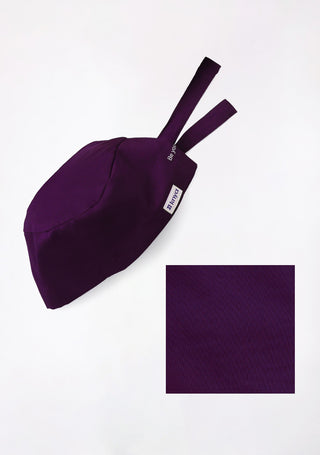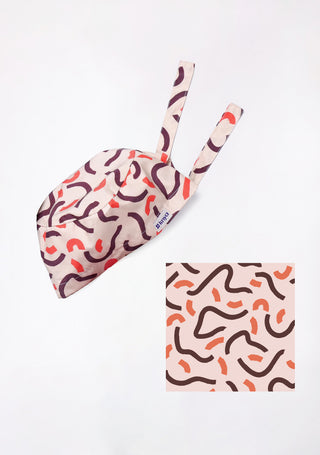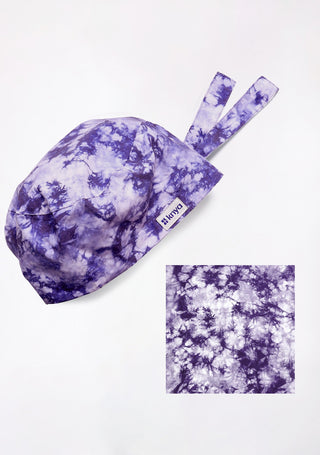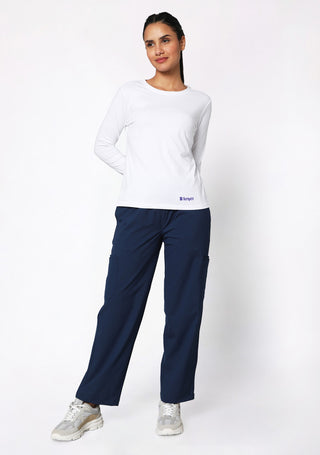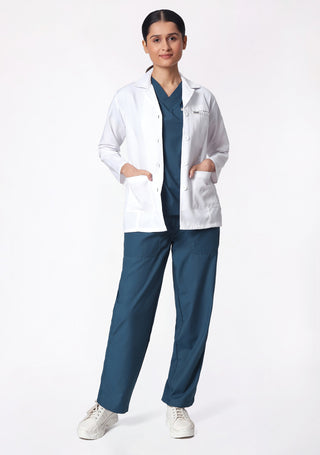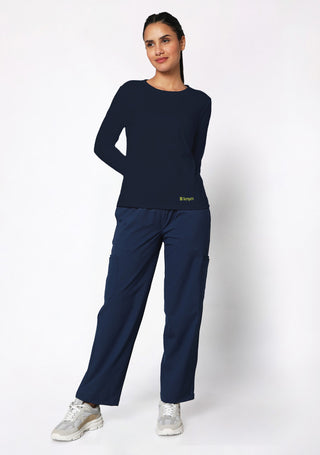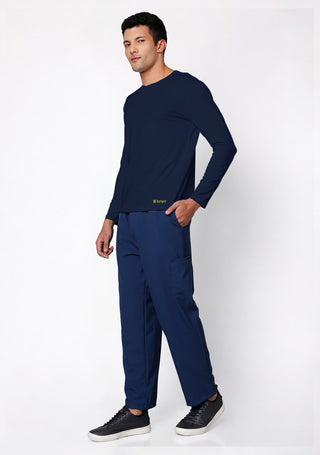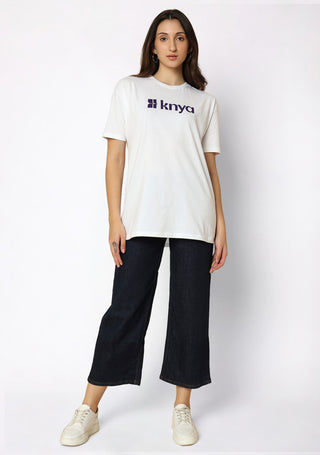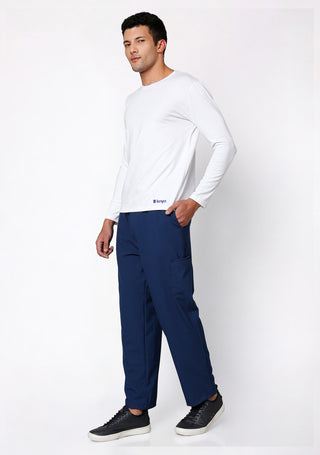The Science of Breathability in Fabrics
The fabric's breathability is determined by the way its fibers are structured. Natural fibers, such as cotton, have small spaces between the fibers that allow air to pass through, providing a degree of breathability. However, synthetic materials such as polyester and nylon have been designed to enhance breathability and moisture-wicking properties.
- Moisture-wicking fabrics are designed to draw sweat away from the body and onto the fabric's surface, where it can evaporate. These fabrics are typically made of synthetic fibers such as polyester or blends of synthetic and natural fibers. Moisture-wicking fabrics work by using hydrophobic (water-repellent) fibers that pull moisture away from the skin and disperse it across the fabric's surface, allowing it to dry quickly. This process helps to maintain dry skin, reducing the feeling of discomfort caused by sweat accumulation.
- breathable fabrics allow air to circulate, promoting cooling through evaporation. This is particularly important in healthcare environments where temperature fluctuations can be common, and long hours of physical work are required. The ability to remain cool and dry contributes significantly to a medical professional's overall comfort and performance during their shifts.
For our male healthcare professionals, we offer a wide range of comfortable and stylish scrubs for men, designed to enhance both comfort and professional image
Comfort and Well-being During Long Shifts
Medical professionals often work 12-hour shifts or longer, requiring clothing that can withstand the rigors of prolonged wear without compromising comfort. Without breathable and moisture-wicking fabrics, healthcare workers may experience discomfort caused by excessive sweating, chafing, and skin irritation. Prolonged exposure to moisture can lead to rashes, fungal infections, and other skin conditions, particularly in areas where clothing fits tightly or rubs against the skin.
Breathable fabrics offer several advantages to healthcare professionals:
-
Temperature Regulation: As medical staff move between patient rooms, perform surgeries, or work in different areas with varying temperatures, the need for adaptive clothing that can regulate body temperature becomes critical. Breathable fabrics promote airflow and allow for natural body cooling, helping medical professionals avoid overheating.
-
Dryness and Comfort: Long shifts can result in significant sweating, especially in high-pressure environments such as operating rooms or emergency departments. Moisture-wicking fabrics help keep sweat away from the skin, maintaining dryness and preventing the discomfort of sticky, wet clothing. This contributes to better focus and performance.
-
Reduced Odor: Sweating, especially in enclosed, high-temperature settings, can lead to body odor. Breathable, moisture-wicking fabrics not only keep sweat at bay but also help reduce the growth of bacteria that contribute to odors. Fabrics with antimicrobial properties can also aid in minimizing the risk of unpleasant smells.
-
Enhanced Mobility and Flexibility: Breathable fabrics often come with an added benefit of being lightweight and flexible. Medical professionals frequently need to bend, stretch, and move quickly. Clothing made from breathable, stretchy materials ensures that medical staff can perform these movements comfortably without feeling restricted.
-
Prevention of Skin Conditions: Prolonged moisture buildup in non-breathable fabrics can result in skin irritations, rashes, or fungal infections. By using breathable, moisture-wicking fabrics, the risk of these conditions is significantly reduced. This not only improves comfort but also promotes overall skin health.
Tired of stiff, uncomfortable scrubs? Order the best jogger scrubs here and experience the difference
The Role of Hygiene in Healthcare Settings
When medical professionals wear non-breathable, moisture-retaining fabrics, sweat can accumulate on the skin, creating an ideal environment for bacterial and fungal growth. This can lead to various skin conditions, such as rashes, fungal infections, and dermatitis. In healthcare settings where patients' health is the primary concern, preventing infections is critical. Breathable, moisture-wicking fabrics, especially those treated with antimicrobial agents, can significantly reduce the risk of such issues by keeping the skin dry and discouraging the growth of harmful microorganisms.
Moreover, breathable fabrics allow for the use of personal protective equipment (PPE) such as gloves, face shields, and masks, which are essential in preventing the transmission of infectious diseases.
Choosing the Right Fabric for Medical Apparel
Choosing the right fabric for medical apparel involves considering a balance between breathability, moisture-wicking capabilities, durability, and comfort. Some of the most popular materials used in medical uniforms include:
-
Polyester Blends: Polyester is a synthetic fabric known for its moisture-wicking properties. When blended with other fibers like cotton, it becomes more breathable while maintaining its ability to pull moisture away from the skin. Polyester blends are also durable, resistant to wrinkles, and easy to care for, making them ideal for medical uniforms.
-
Cotton: Cotton is a natural fiber that is soft and breathable, but it tends to absorb moisture rather than wick it away from the skin. For medical apparel, cotton can be blended with synthetic fibers to improve its moisture-wicking ability while maintaining its breathable qualities.
-
Spandex and Lycra: These synthetic fibers are known for their stretch and flexibility. When used in medical apparel, they allow for enhanced mobility and comfort, especially in positions requiring physical movement. These fabrics also aid in creating a snug fit without restricting airflow, promoting breathability.
- Antimicrobial Fabrics: Some medical uniforms are treated with antimicrobial finishes to prevent the growth of bacteria and fungi. These fabrics are particularly useful in healthcare environments, where infection control is crucial. The addition of antimicrobial properties to breathable fabrics ensures that medical professionals stay both comfortable and hygienic.
- Nylon and Tencel: Nylon and Tencel are other materials often used in breathable medical apparel. Tencel, a sustainable fabric derived from wood pulp, is known for its smooth texture, breathability, and moisture-wicking properties. Nylon, though more commonly used in outerwear, can also be woven into medical apparel for its lightweight and durable qualities.

